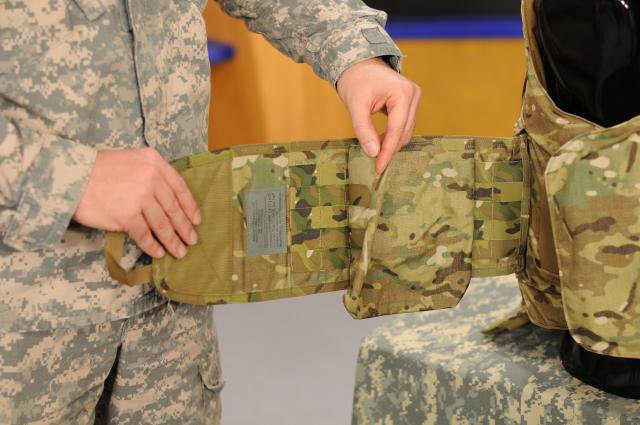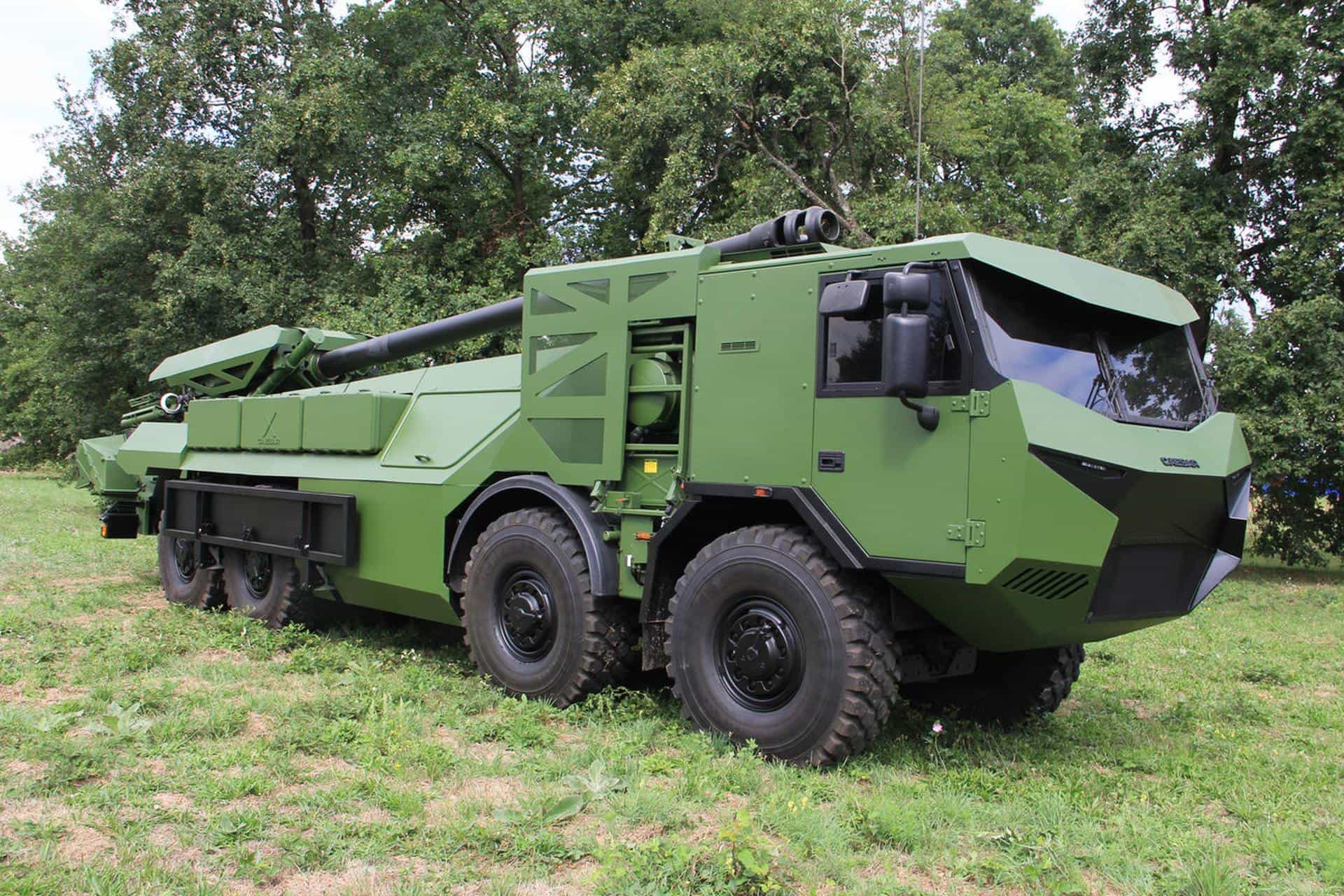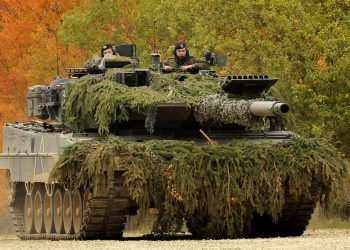Soldiers have the best body armor in the world, the Army said, in spite of a recent Department of Defense Inspector General report that states the service failed to follow contracting rules in purchasing components for Interceptor Body Armor between 2004 and 2006.
A DOD IG report released Jan. 3 determined the Army had not followed proper procedures on contracting and testing protective gear and therefore could not guarantee the body armor met contract requirements.
Still, Col. William Cole, project manager for Soldier Protection and Individual Equipment at Program Executive Office Soldier, said that Soldiers were not in danger, and that the equipment in question in the DOD IG report — the outer tactical vest, or OTV — is no longer fielded to Soldiers in combat zones.
“We’re committed to providing our Soldiers the best armor money can buy and we are confident that we are providing the best armor,” he said.
One problem cited in the IG report was that the Army failed to perform ballistic tests on the deltoid and axillary protectors that were then part of the OTV. The DAP provides additional fragmentation and small arms protection to the upper arm and underarm areas.
Cole said that in those cases, the DAPs had been cut from the same ballistic fabric as other components that were tested.
“They were all assembled using the same ballistic cloth, manufactured at the same time,” he said. “So the Army tested the front right panel, the front left panel and the rear panel — and they all passed.”
Cole also said Soldiers needed the DAPs as soon as possible, due to an increased threat of improvised explosive devices. That increased threat necessitated that the equipment be fielded as rapidly as possible to protect Soldiers in harm’s way.
“We determined the material used and tested for the front and back panels of the OTV would meet the fragmentation requirements for the DAPs, based on the successful testing of identical lot material comprising the panel components of the vest,” he said.
The Army didn’t test the DAPs concluding that, since they were cut from the same piece of ballistic fabric as the other panels that had passed, they too would pass. It was a time saving measure that also protected Soldiers, Cole concluded.
Cole also disputes DOD’s assertion that the Army lowered its standards to get vests out the door.
In January 2002, the Army had released a specification to upgrade the armor on the OTV, which had been in production under a different specification since 1998. But after internal testing, the Army realized the new specification was too ambitious and revised it again in July 2002. No new vests were produced from the January 2002 specification.
While the July 2002 specification was not as ambitious as the January 2002 specification, it was still better than the 1998 specification. The resulting vests, therefore, were an improvement over those produced in 1998.
“Every vest the Army has ever bought from the original OTV to today’s IOTV has been as good or better ballistically than any vest we have fielded previously,” Cole said.
Today, Soldiers are no longer sent to war with the OTV that was the focus of the DOD IG report. The Army now mostly uses the IOTV — the improved outer tactical vest. The IOTV is about five pounds lighter than the OTV. The IOTV also includes shoulder and underarm protection built into the vest.
Additionally, Cole said, the generation II IOTV — which made its appearance in Spring 2010 — has been designed to fit smaller Soldiers and female Soldiers better than the GEN I IOTV.
“We found that with female Soldiers, even with the extra-small-size GEN I IOTV, often times when they tightened it up, the side plates would ride forward on their body and prevent them from getting coverage,” Cole said. “Also it was uncomfortable when they were riding in an MRAP or Humvee — cutting off circulation in their legs.”
The GEN II IOTV, he said, allows Soldiers to adjust the position of the internal pouches that carry the enhanced side ballistic inserts, so the side protection actually remains at their side when the protective vest is closed. Smaller six-inch inserts are also available to make it easier to fit small Soldiers.
“It enables them to cinch up the IOTV even tighter to get a proper fit,” Cole said, adding “I’d like to tell Soldiers that they are wearing the best body armor that is fielded in the world to any Army.”










